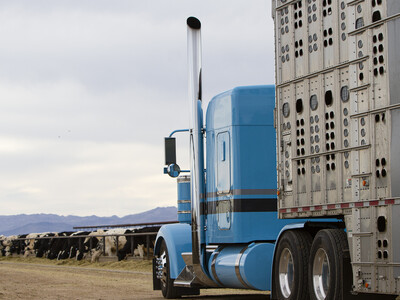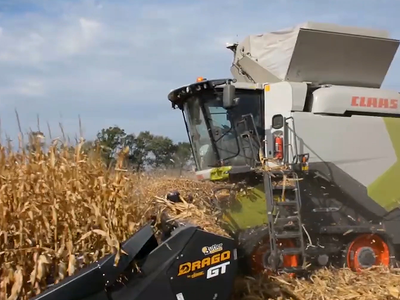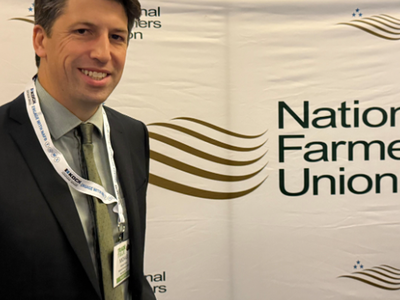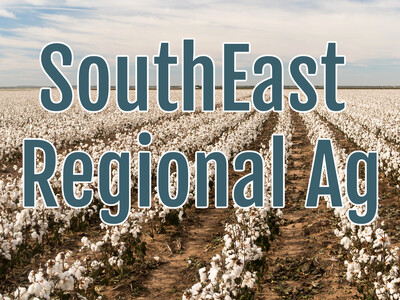Distributed Wind
Distributed Wind. I’m Greg Martin with today’s Line On Agriculture.
Distributed wind generation is not a new concept - but it is a concept that is gaining acceptance in the utility sector. It’s the use of smaller wind turbines at homes, farms, businesses and public facilities to produce energy that can offset energy consumption. Trudy Forsyth is Senior Project Leader for the National Wind Technology Center. She says the increased acceptance by utilities is leading to a greater interest in distributed wind in the countryside.
FORSYTH: The first thing is really understanding the type of wind resource they have at their home or farm or wherever they may be and whether they really have sufficient wind to make it economical. Of course realizing that the further up into the atmosphere that you get, the faster the wind speed is so the taller the tower you can put in, frankly the better from just generating kilowatt hours for electricity.
According to Forsyth - the cost of a wind turbine is going to depend on the size. The smaller the turbine - the higher the cost per watt. She says a one-kilowatt system will cost somewhere between seven and ten thousand installed. But there are resources available to help with the cost.
FORSYTH: There is a federal investment tax credit that is good through 2016 which is considered very long-term federal policy and it’s for 30% of the installed cost upfront in the year that you pay those monies and you take it off on a tax credit. With that then some states and some utilities offer other incentives.
Forsyth says the best way to learn more about the different state incentives is to check out The Database of State Incentives for Renewables and Efficiency. She suggests checking the database and talking with a utility service provider to see how easy it is to interconnect your system before making a purchase. By connecting a system to the grid - if a net metering policy is available - Forsyth says there’s an opportunity to get paid for any excess energy that’s produced.
FORSYTH: What we call annualized net metering is the best policy for the utility company as well as for the consumer because typically when you are producing excess, net excess generation is the term, then those kilowatt hours tend to have a wholesale type of rate versus a retail type of rate. So those excess kilowatt hours transfer from month to month to month.
That’s today’s Line On Agriculture. I’m Greg Martin on the Ag Information Network.

















